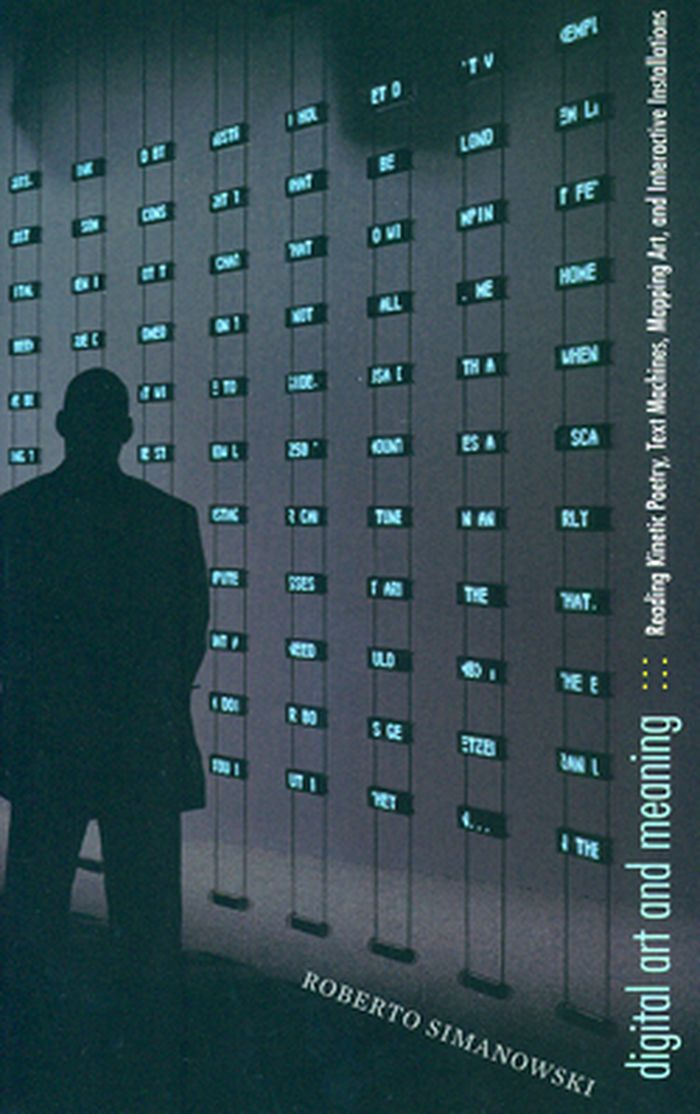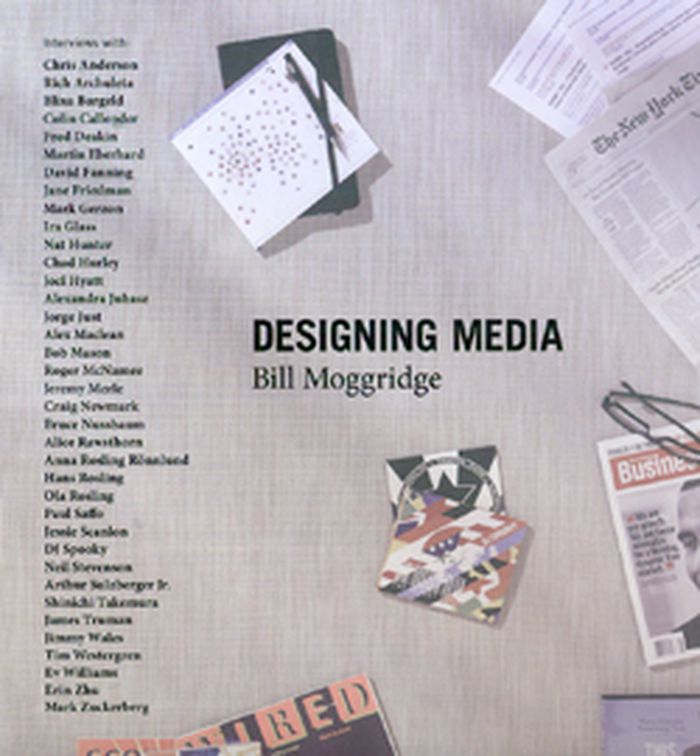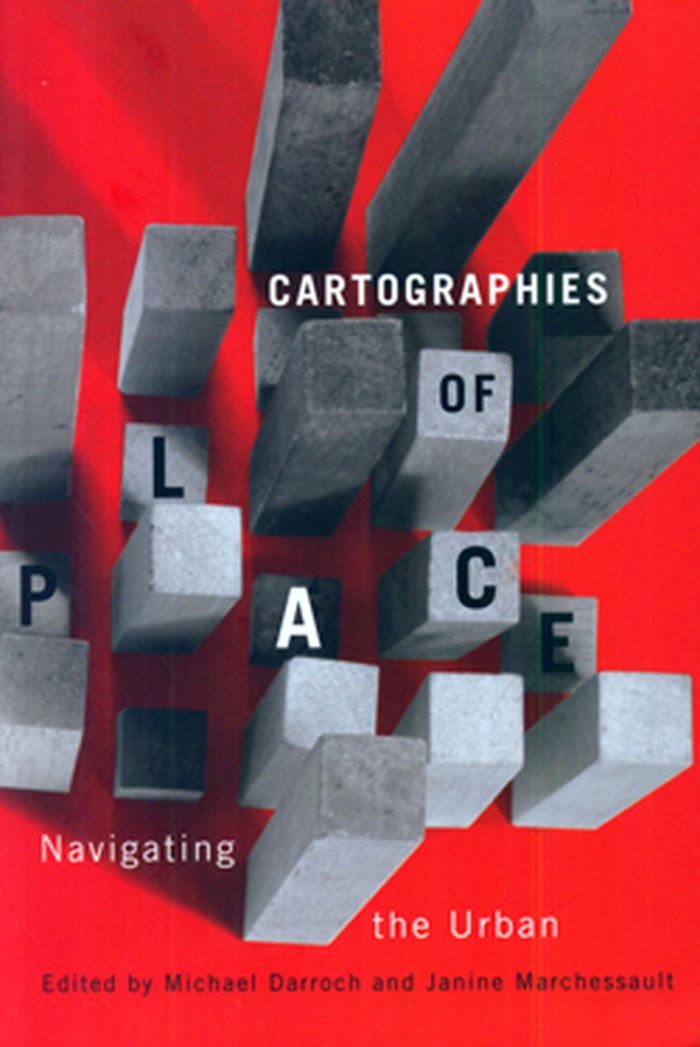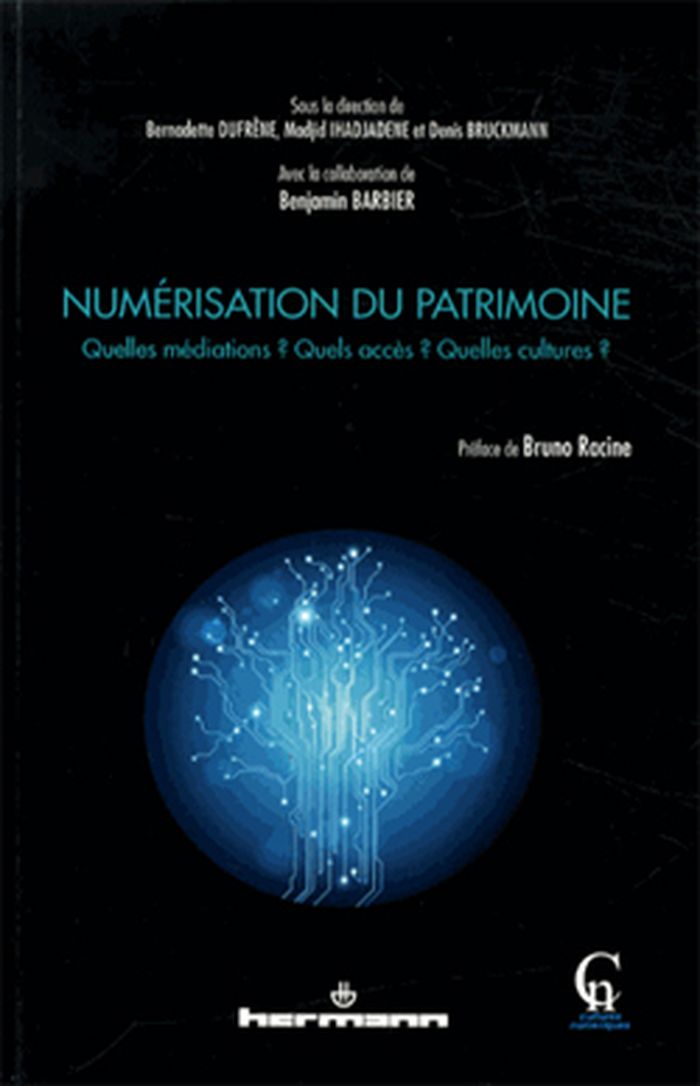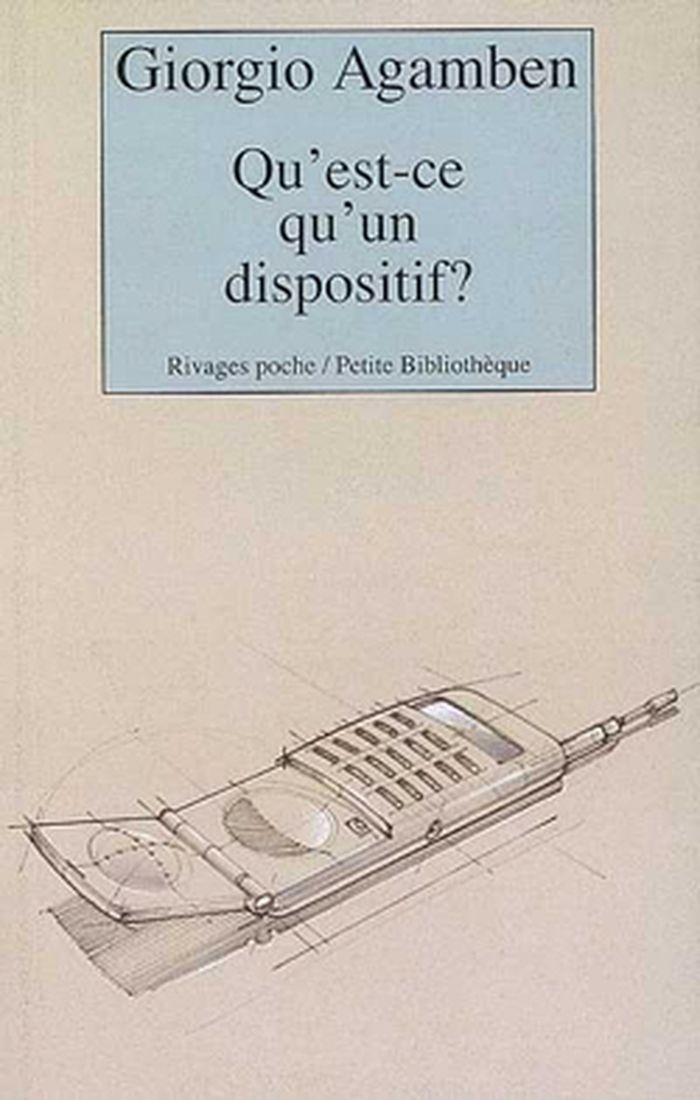$27.95
(disponible sur commande)
Résumé:
In Anime’s Media Mix, Marc Steinberg convincingly shows that anime is far more than a style of Japanese animation. He traces the cultural genealogy that spawned Astro Boy to the transformations of Japanese media culture that followed—and forward to the even more profound developments in global capitalism supported by the circulation of characters like Doraemon, Hello(...)
Anime's media mix: franchising toys and characters in Japan
Actions:
Prix:
$27.95
(disponible sur commande)
Résumé:
In Anime’s Media Mix, Marc Steinberg convincingly shows that anime is far more than a style of Japanese animation. He traces the cultural genealogy that spawned Astro Boy to the transformations of Japanese media culture that followed—and forward to the even more profound developments in global capitalism supported by the circulation of characters like Doraemon, Hello Kitty, and Suzumiya Haruhi. He details how convergence was sparked by anime, with its astoundingly broad merchandising of images and its franchising across media and commodities. He also explains how the rise of anime cannot be understood properly—historically, economically, and culturally—without grasping the integral role that the media mix played from the start. Engaging with film, animation, and media studies, as well as analyses of consumer culture and theories of capitalism, Steinberg offers a sustained study of the Japanese mode of convergence that informs global media practices to this day.
Épistémologie et réseau
$28.00
(disponible sur commande)
Résumé:
In a world increasingly dominated by the digital, the critical response to digital art generally ranges from hype to counterhype. Popular writing about specific artworks seldom goes beyond promoting a given piece and explaining how it operates, while scholars and critics remain unsure about how to interpret and evaluate them. This is where Roberto Simanowski intervenes,(...)
juillet 2011
Digital art and meaning: reading kinetic poetry, text machines, mapping art, and interactive installations
Actions:
Prix:
$28.00
(disponible sur commande)
Résumé:
In a world increasingly dominated by the digital, the critical response to digital art generally ranges from hype to counterhype. Popular writing about specific artworks seldom goes beyond promoting a given piece and explaining how it operates, while scholars and critics remain unsure about how to interpret and evaluate them. This is where Roberto Simanowski intervenes, demonstrating how such critical work can be done. Digital Art and Meaning offers close readings of varied examples from genres of digital art such as kinetic concrete poetry, computer-generated text, interactive installation, mapping art, and information sculpture. For instance, Simanowski deciphers the complex meaning of words that not only form an image on a screen but also react to the viewer’s behavior; images that are progressively destroyed by the human gaze; text machines generating nonsense sentences out of a Kafka story; and a light show above Mexico City’s historic square, created by Internet users all over the world. Simanowski combines these illuminating explanations with a theoretical discussion that employs art philosophy and history to achieve a deeper understanding of each particular example of digital art and, ultimately, of the genre as a whole.
livres
Networked publics
$42.00
(disponible sur commande)
Résumé:
Digital media and network technologies are now part of everyday life. The Internet has become the backbone of communication, commerce, and media; the ubiquitous mobile phone connects us with others as it removes us from any stable sense of location. This publication examines the ways that the social and cultural shifts created by these technologies have transformed our(...)
Networked publics
Actions:
Prix:
$42.00
(disponible sur commande)
Résumé:
Digital media and network technologies are now part of everyday life. The Internet has become the backbone of communication, commerce, and media; the ubiquitous mobile phone connects us with others as it removes us from any stable sense of location. This publication examines the ways that the social and cultural shifts created by these technologies have transformed our relationships to (and definitions of) place, culture, politics, and infrastructure.
livres
décembre 2008
Épistémologie et réseau
Designing media
$45.95
(disponible sur commande)
Résumé:
In Designing Media, design guru Bill Moggridge examines connections and conflicts between old and new media, describing how the MSM have changed and how new patterns of media consumption are emerging. The book features interviews with thirty-seven significant figures in both traditional and new forms of mass communication; interviewees range from the publisher of the New(...)
Designing media
Actions:
Prix:
$45.95
(disponible sur commande)
Résumé:
In Designing Media, design guru Bill Moggridge examines connections and conflicts between old and new media, describing how the MSM have changed and how new patterns of media consumption are emerging. The book features interviews with thirty-seven significant figures in both traditional and new forms of mass communication; interviewees range from the publisher of the New York Times to the founder of Twitter.
Épistémologie et réseau
$54.00
(disponible sur commande)
Résumé:
Cult-ure is the culmination of a decade's research into why and how we communicate. Revealing how ideas are transmitted through words, symbols and gestures, how such ideas gain cultural currency via the theory of the meme, this book provides a provocative exploration into media convergence within our digital age and an insider's guide into the changing nature of(...)
Cult-ure: Ideas can be dangerous
Actions:
Prix:
$54.00
(disponible sur commande)
Résumé:
Cult-ure is the culmination of a decade's research into why and how we communicate. Revealing how ideas are transmitted through words, symbols and gestures, how such ideas gain cultural currency via the theory of the meme, this book provides a provocative exploration into media convergence within our digital age and an insider's guide into the changing nature of communications, perceptions and identities.
$34.95
(disponible sur commande)
Résumé:
Cartographies of Place develops new vocabularies and methodologies for engaging with the distinctive situations and experiences created by media technologies which are reshaping, augmenting, and expanding urban spaces. The book builds upon the rich traditions and insights of a post-war generation of humanist scholars, media theorists, and urban planners.
Cartographies of place: navigating the urban
Actions:
Prix:
$34.95
(disponible sur commande)
Résumé:
Cartographies of Place develops new vocabularies and methodologies for engaging with the distinctive situations and experiences created by media technologies which are reshaping, augmenting, and expanding urban spaces. The book builds upon the rich traditions and insights of a post-war generation of humanist scholars, media theorists, and urban planners.
Épistémologie et réseau
$23.50
(disponible sur commande)
Résumé:
Dans cet essai, Ariel Kyrou décrit un nouvel individu, la naissance d'une société obsédée par la liberté d'expression, mais aussi une guerre des mondes. Le vieux monde va-t-il s'effondrer sous les collages, les pastiches, les manifestations et les attaques virtuelles des anonymes du net?
Révolutions du net: ces anonymes qui changent le monde
Actions:
Prix:
$23.50
(disponible sur commande)
Résumé:
Dans cet essai, Ariel Kyrou décrit un nouvel individu, la naissance d'une société obsédée par la liberté d'expression, mais aussi une guerre des mondes. Le vieux monde va-t-il s'effondrer sous les collages, les pastiches, les manifestations et les attaques virtuelles des anonymes du net?
Épistémologie et réseau
Numérisation du patrimoine
$49.00
(disponible sur commande)
Résumé:
A qui doit appartenir le patrimoine numérisé : aux Etats ou aux entreprises qui investissent parfois à échelle industrielle ? Comment concilier le droit d'auteur avec la logique de diffusion dans l'intérêt général ? Quelles sont les caractéristiques de cette nouvelle forme d'économie culturelle ? Tels sont les sujets issus des réflexions partagées lors du cycle de quatre(...)
Épistémologie et réseau
juin 2014
Numérisation du patrimoine
Actions:
Prix:
$49.00
(disponible sur commande)
Résumé:
A qui doit appartenir le patrimoine numérisé : aux Etats ou aux entreprises qui investissent parfois à échelle industrielle ? Comment concilier le droit d'auteur avec la logique de diffusion dans l'intérêt général ? Quelles sont les caractéristiques de cette nouvelle forme d'économie culturelle ? Tels sont les sujets issus des réflexions partagées lors du cycle de quatre journées d'études à la BnF "Institutions culturelles et nouvelles formes de médiation (2009-2010)".
Épistémologie et réseau
$34.95
(disponible sur commande)
Résumé:
Markus Krajewski explores the history of globalization by examining several large-scale projects that, at the beginning of the twentieth century, shared a grand yet unachievable goal: bringing order to the world. He shows how media, technological structures, and naked human ambition paved the way for global-scale ventures that created the first “world wide web.”
World projects : global information before World War I
Actions:
Prix:
$34.95
(disponible sur commande)
Résumé:
Markus Krajewski explores the history of globalization by examining several large-scale projects that, at the beginning of the twentieth century, shared a grand yet unachievable goal: bringing order to the world. He shows how media, technological structures, and naked human ambition paved the way for global-scale ventures that created the first “world wide web.”
Épistémologie et réseau
$9.95
(disponible sur commande)
Résumé:
J’appelle dispositif tout ce qui a, d’une manière ou d’une autre, la capacité de capturer, d’orienter, de déterminer, d’intercepter, de modeler, de contrôler et d’assurer les gestes, les conduites, les opinions et les discours des êtres vivants. Giorgio Agamben Les dispositifs où se jouent désormais nos existences – du téléphone portable à la télévision, de(...)
Giorgio Agamben : qu'est-ce qu'un dispositif?
Actions:
Prix:
$9.95
(disponible sur commande)
Résumé:
J’appelle dispositif tout ce qui a, d’une manière ou d’une autre, la capacité de capturer, d’orienter, de déterminer, d’intercepter, de modeler, de contrôler et d’assurer les gestes, les conduites, les opinions et les discours des êtres vivants. Giorgio Agamben Les dispositifs où se jouent désormais nos existences – du téléphone portable à la télévision, de l’ordinateur à l’automobile – ne se trouvent pas face à l’homme comme de simples objets de consommation. Ils transforment nos personnalités. La question devient alors : quelle stratégie devons-nous adopter dans le corps à corps quotidien qui nous lie aux dispositifs ?
Épistémologie et réseau

